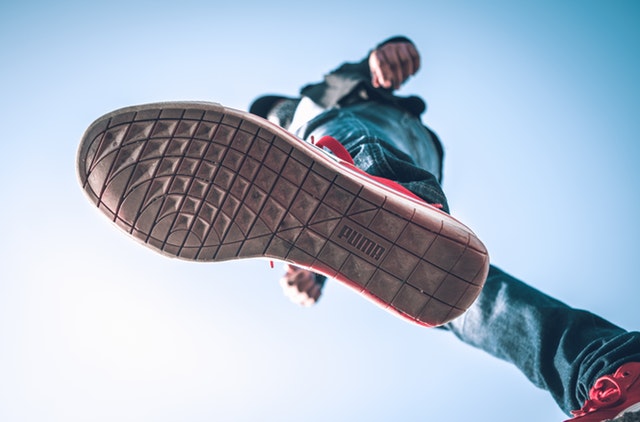
Have you ever thought about what is on the soles of your shoes after a day out in the world? Recently, my vacuum expired so I have been sweeping the dust and dirt from my floors and started observing the amount that accumulates in one day. This stimulated research on just what (beyond the obvious) is lurking on the soles of our shoes. What I found is that we track in anything from heavy metals like arsenic and lead to bacteria with names like Klebsiella pneumonia and Serratia ficaria, a rare cause of infections in the respiratory tract and wounds, and coliform bacteria (from fecal matter) that grows and multiplies in record time.
The bacterium that gloms onto our shoes also lives longer because it has organic matter on which to feed and multiply. In one study the bottoms of shoes analyzed had more bacteria on the soles than the toilet seats in public restrooms. Think about how cautions we are when using public restrooms, yet we subject the soles of shoes to this environment and don’t think so much about it. I may be obsessive, but I now keep a special spray bottle for wiping off the bottoms of my shoes after a day of trekking around.
Think how freeing it is for the soles of your feet to be in direct contact with all the normal sensations that are blocked by the layers of material in a shoe and how direct contact can relieve internal stress and tensions. “Putting the soles of your feet in contact with all the normal sensations helps to relieve internal tension and reduce stress,” says Dieter Breithecker, head of Germany’s Federal Institute for Posture and Mobilisation Support.
Don’t wait until you are ready for bed to remove your shoes. Do it when you walk in the door. My house is once again, unequivocally, a No Shoe Zone for anyone wanting entrance.








